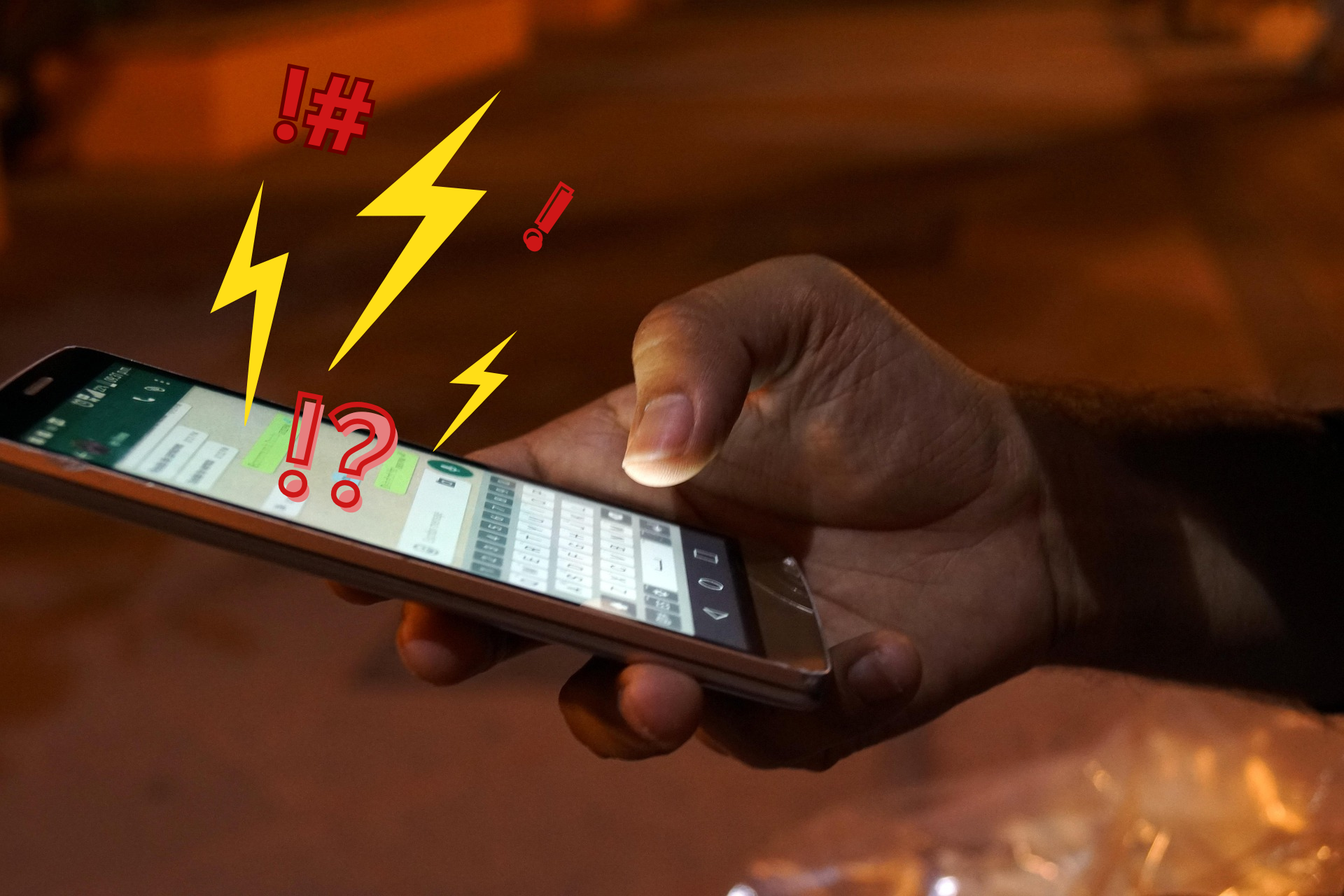Study: How is hate speech discussed on Finnish social media?
Immigration was the sixth most common theme linked to hate speech on social media, more frequent than religion or gender, according to a new joint study. Debates about hate speech often blur truth, downplay its harm, and can normalize abusive content, especially toward minorities.

Social media reflects public discourse – but also shapes it. The study by the Universities of Tampere and Jyväskylä contemplates how the term “hate speech” is contested in a post-truth era. The concept is used to fight over knowledge, truth, and power.
In the analysis, immigration was one of ten themes linked to hate speech, ranking as the sixth most common. Media, Islam and religion, and gender ranked lower in frequency.
In Finnish online discussions, hate speech was often rendered acceptable or justified. Its impact on both society and individuals was downplayed. Researchers analyzed about 290,000 Finnish-language social media posts from 2015 to 2022.
The peer-reviewed study was published in Social Media + Society.
Harm denied by the debaters
Using algorithmic topic modeling and qualitative analysis, the researchers identified ten major themes linked to hate speech: politics, legislation, freedom of speech, immigration, media, religion, gender, definitions of hate speech, the stigma of being labeled, and responses to hate speech. Most social media posts focused on legislation and definitions.
Professor Kaarina Nikunen explains that the core of the debate was about how hate speech is defined.
“The supposed lack of definition was used to discredit the concept itself,” she says.
Posts also framed hate speech as censorship or trivialized it altogether.
“Hate speech was portrayed as an attempt to silence ‘alternative voices’ or ‘the people.’ At the same time, it was dismissed as a non-issue,” Nikunen adds.
In the posts, those accused of offensive speech were presented as victims. Meanwhile, minorities, public authorities, and advocates against hate speech were framed as the real offenders.
“Our findings reveal an ongoing battle over meaning and growing polarization. The term ‘hate speech’ is being weaponized for political purposes,” says Nikunen.
Truth turned upside down deliberately
Nikunen says that the struggle over hate speech is linked to the post-truth era.
“The debate is about who owns the term, who gets to define it, who suffers from hate speech, and who decides how to respond to it.”
In many posts, roles of victim and perpetrator were deliberately reversed. Facts, statistics, and public understanding were distorted.
“When meaning is blurred, doubts and false impressions are created,” Nikunen says.
The study also found strong populist and ideological rhetoric. Posts often spoke of a “wise and morally superior” people oppressed by an “untrustworthy elite” that hides the truth and tries to silence non-conformists by labeling them as hate speakers.
Distrust dominated the debate
Some posts defended the concept of hate speech and cited relevant laws. Still, the dominant tone in the conversations was skeptical or dismissive.
Regulation of hate speech was framed as a threat to personal freedom. Posts emphasized fears of excessive control and restrictions on free speech.
“These fears help spread misinformation about what addressing hate speech really involves,” Nikunen says.
She notes that undermining the concept denies its seriousness.
“In reality, tackling hate speech protects legally defined human rights – like equality and dignity. Calling hate speech a ‘made-up’ tool for censorship only normalizes it.”
Nikunen warns that these discussions don’t just reflect hate speech – they create it.
“When the conversation silences others, especially minorities, and narrows the range of accepted viewpoints, it functions like hate speech itself. It makes hate speech seem socially acceptable while denying its real harm,” she concludes.
Original source:
Nikunen, K., Haara, P., Kosonen, H., Knuutila, A., Pöyhtäri, R., & Saresma, T. (2025). Contested Meanings of Hate Speech and the Post-Truth Condition on Digital Platforms. Social Media + Society, 11(2). DOI: 10.1177/20563051251341794
The study is part of the HAFFECT project, funded by the Academy of Finland.





